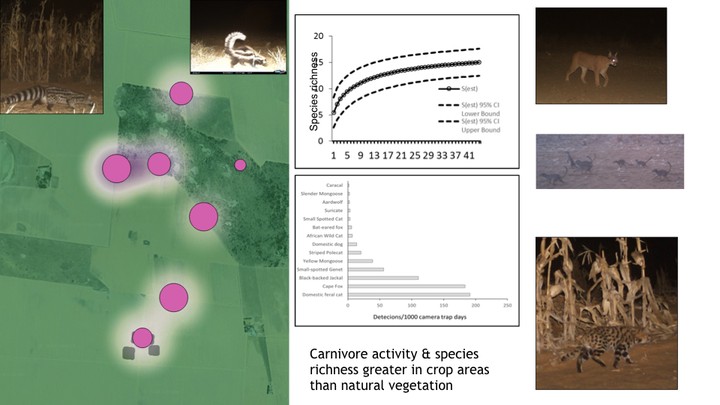Predation in agricultural rodent pest control: Underutilized ecosystem service or unrealistic expectation?

Abstract
Rodents remain a key pest of grain crops globally. Due to the environmental risks and rodenticide resistance in rodents there has been an increased interest in ecologically based rodent control (EBRM). Predation is a key component of EBRM that is often neglected. We use data from field studies and simulation models to investigate the effect of predation on crop losses. Results from crop simulation models indicated that crop losses are impacted by rainfall, planting density and rodent seed predation. The greatest impact of rodent seed damage (2-40% yield decline) occurred under high rainfall and rodent densities of 10-30 rodents/ha. Under low rainfall, crop damage was less prevalent since available soil water seems to drive crop yields. Using published literature on avian and mammalian predators we found that these species often incorporate rodents in their diet. Mammalian carnivores detected on crop lands can incorporate up to 80% of rodents in their diet. Cropland camera trapping indicated that these areas can have high diversity of mammalian carnivores of which several are rodent specialists. From drive transects we also found that cropping landscapes have large avian predator communities. Combined these results show that there is an untapped potential of predation in controlling rodent pests.